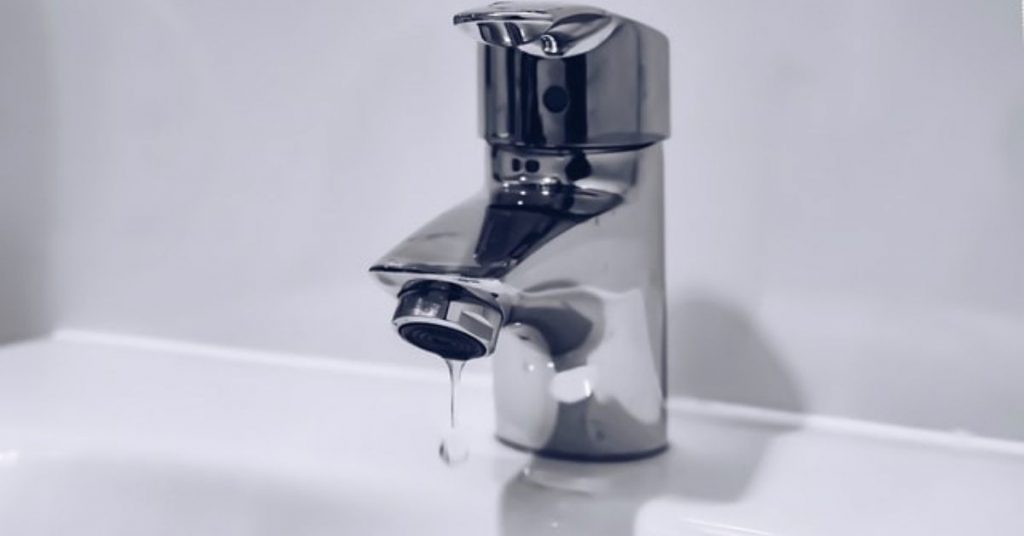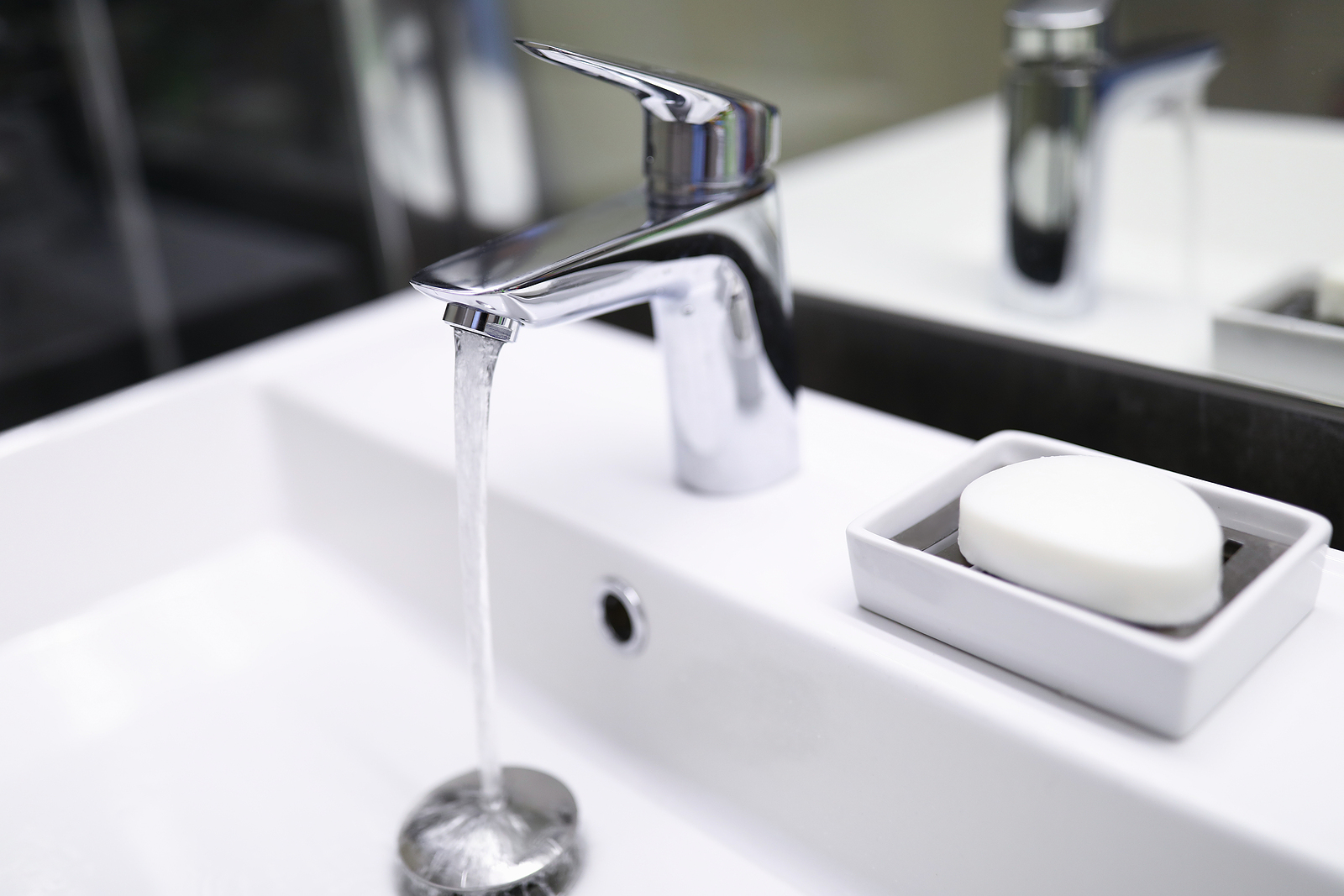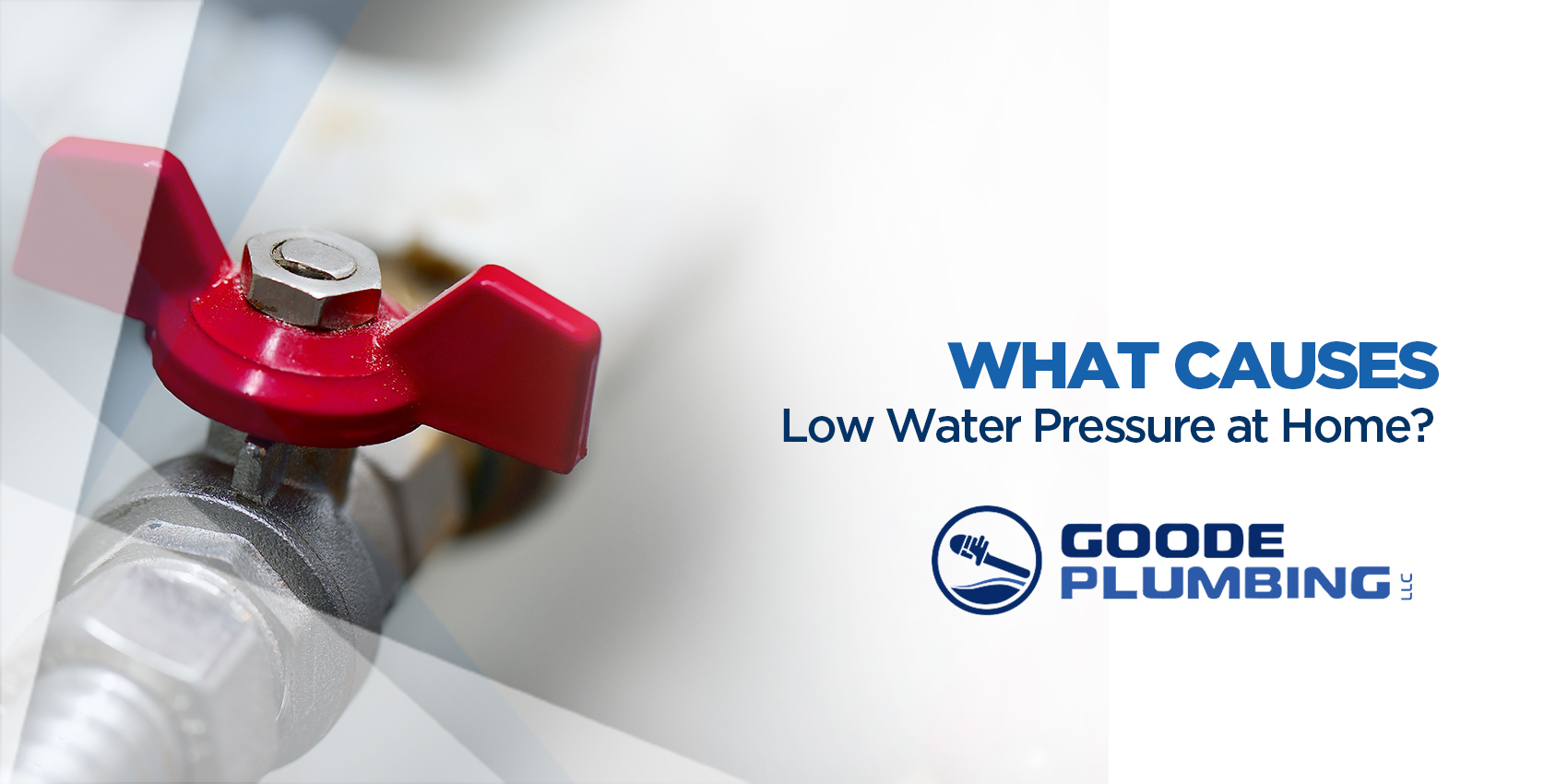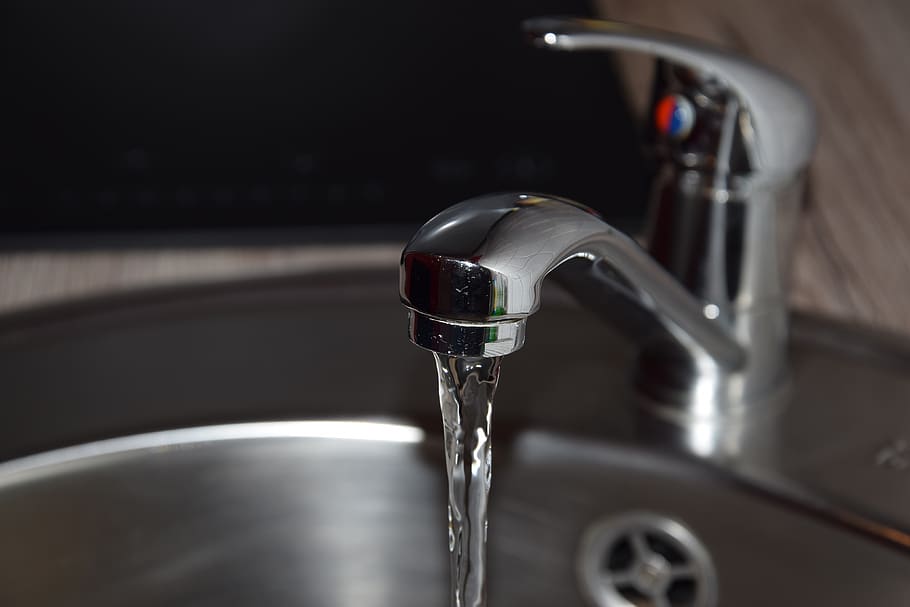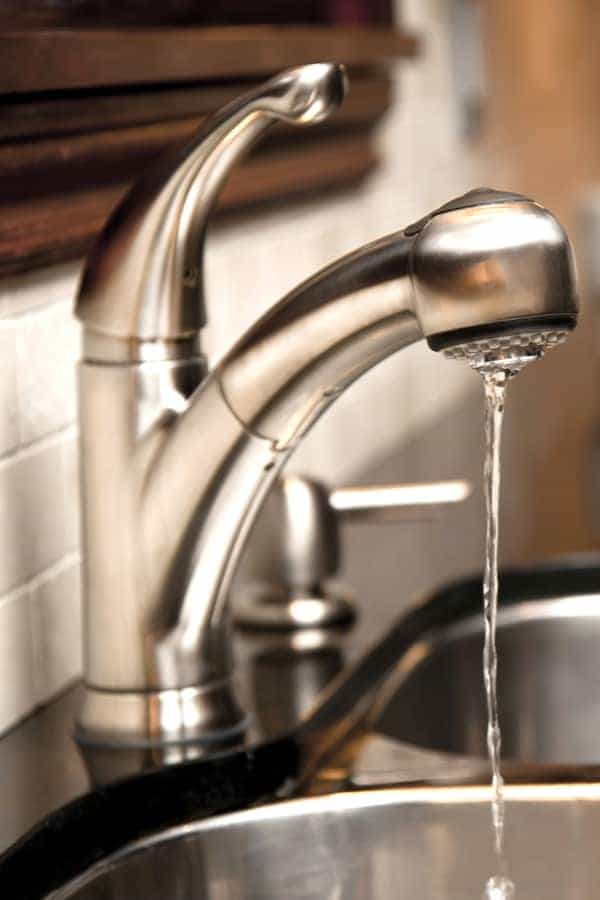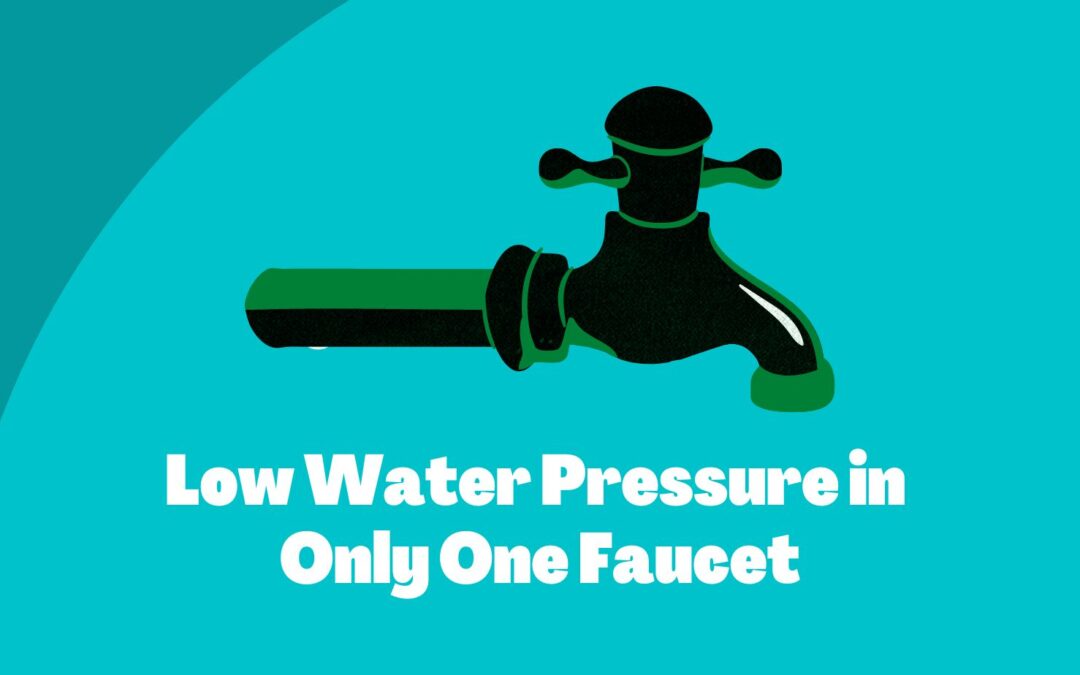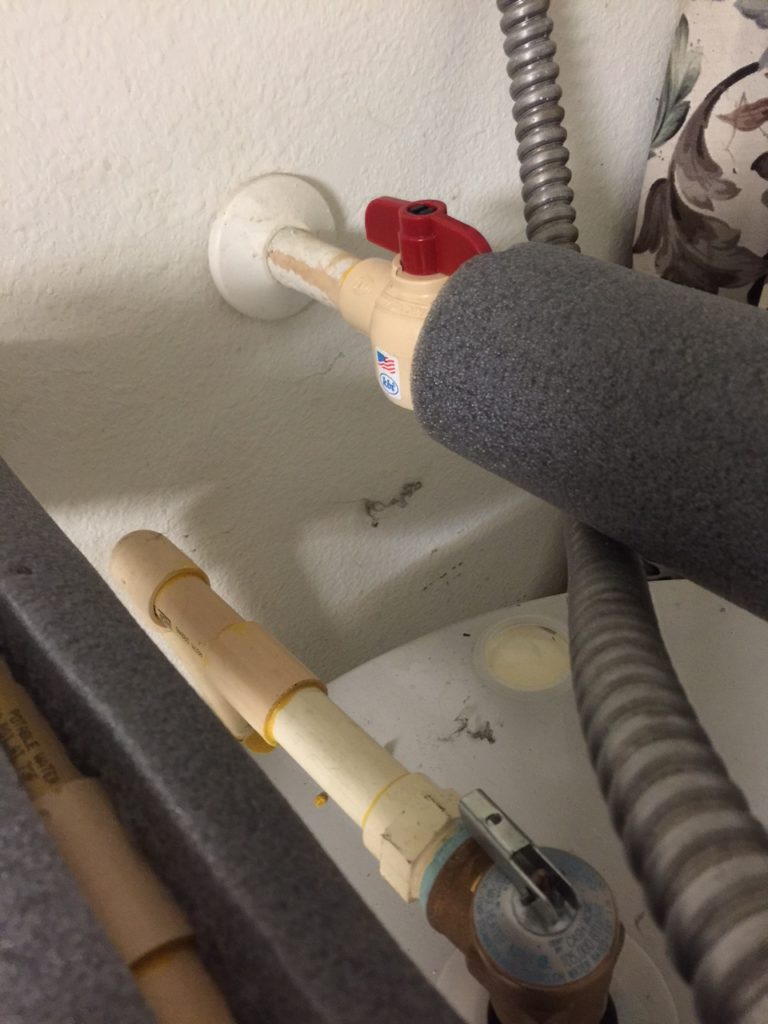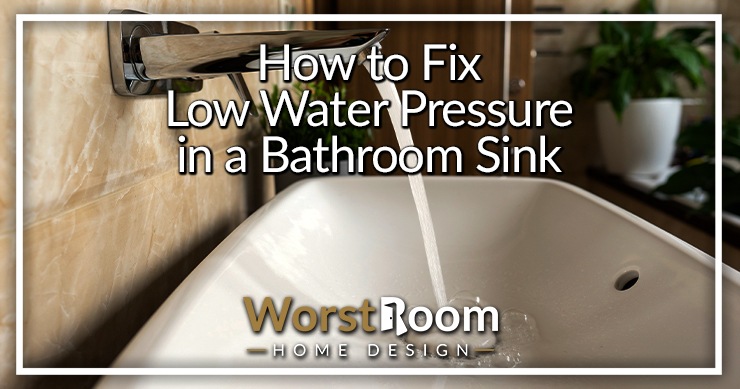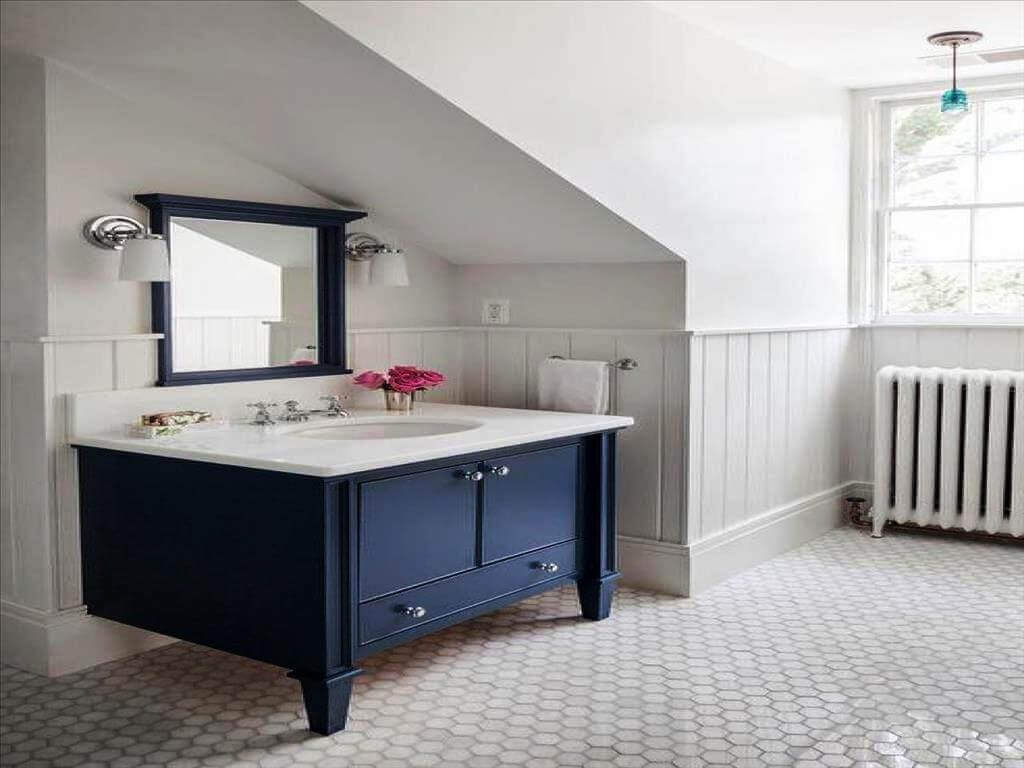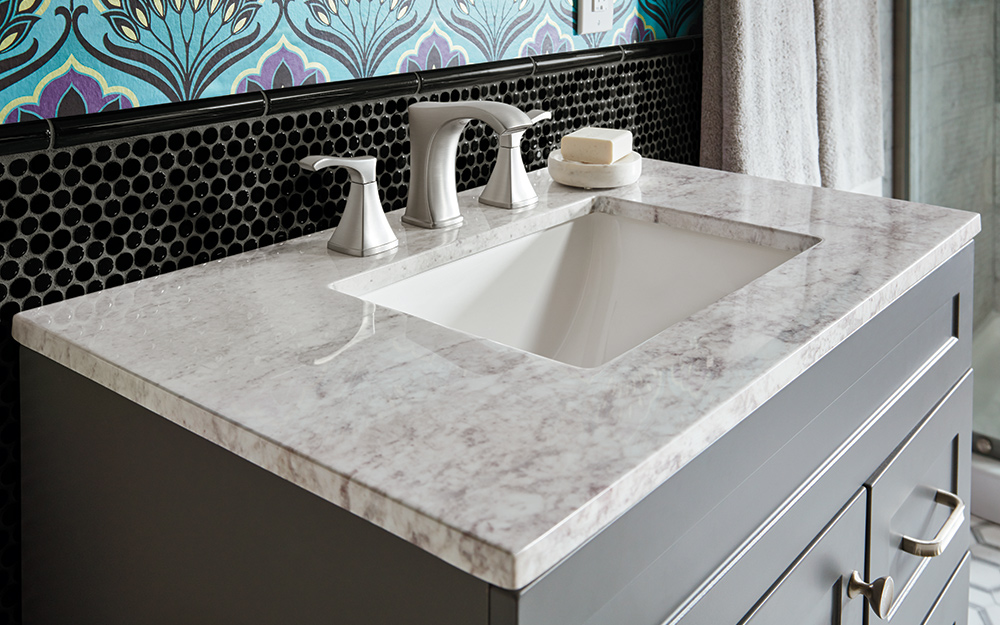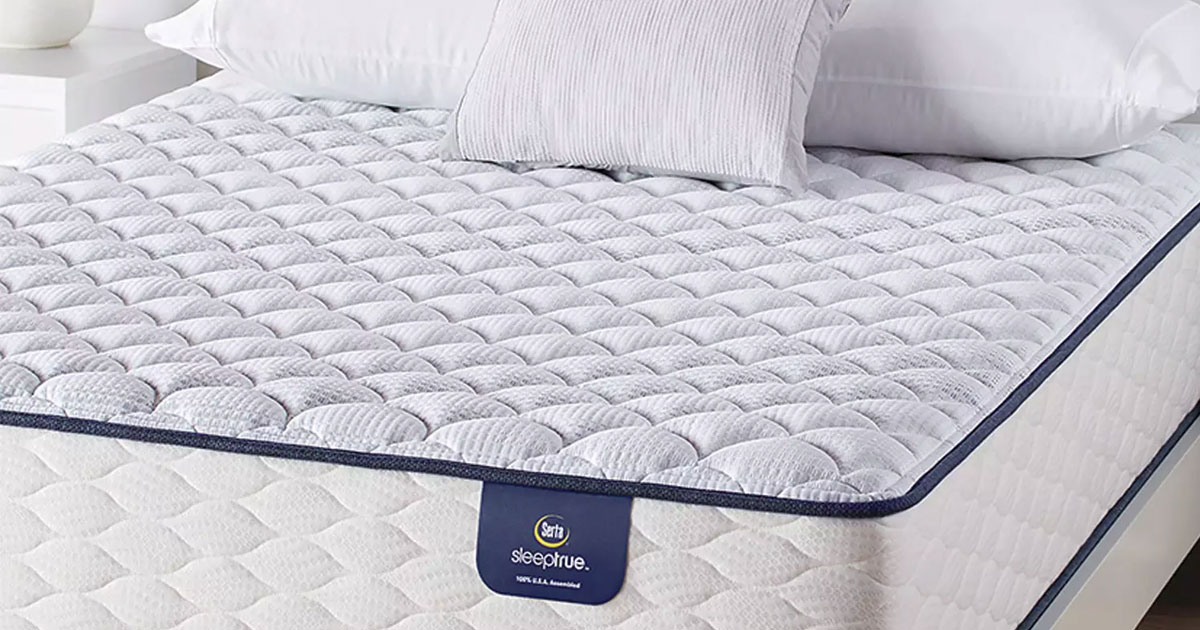If you've noticed that your bathroom sink faucet has been producing a weak stream of water lately, you're not alone. Low water pressure in bathroom sink faucets is a common problem that many homeowners face. But what exactly causes this issue and how can you fix it? In this article, we'll discuss the various causes of low water pressure in bathroom sink faucets and provide you with solutions to help you increase the water flow.Low Water Pressure in Bathroom Sink Faucet: Causes and Solutions
Before we dive into the causes of low water pressure, let's first talk about how you can fix it. The good news is, most cases of low water pressure can be easily resolved at home without the need for a professional plumber. Here are some steps you can follow to fix low water pressure in your bathroom sink faucet: Step 1: Check the Aerator The aerator is a small mesh screen at the end of your faucet that helps regulate the flow of water. Over time, it can become clogged with mineral deposits and debris, causing low water pressure. To fix this, simply unscrew the aerator from the faucet and clean it with a mixture of water and vinegar. Rinse it thoroughly and screw it back on. Step 2: Inspect the Water Supply Valves Make sure that the water supply valves under your sink are fully open. If they're partially closed, it can restrict the water flow and result in low water pressure. Turn the valves counterclockwise to open them fully and see if it makes a difference. Step 3: Check for Leaks If you have a leak in your faucet, it can also cause low water pressure. Inspect your faucet for any leaks and if you find one, replace the necessary parts or call a plumber for assistance. Step 4: Remove any Obstructions Sometimes, debris or sediment can get stuck in the water supply lines, causing low water pressure. To remove any obstructions, turn off the water supply to your sink and disconnect the water supply lines. Flush them out with water and reattach them. Step 5: Check the Pressure Regulator If your home has a pressure regulator, it may be set too low, resulting in low water pressure. Consult your user manual or contact your water company to adjust the pressure regulator to the appropriate level.How to Fix Low Water Pressure in a Bathroom Sink Faucet
If the above steps didn't solve your low water pressure issue, there may be a more complex problem at hand. Here are some common causes of low water pressure in bathroom sink faucets and their solutions:Troubleshooting Low Water Pressure in Bathroom Sink Faucets
1. Clogged Pipes Over time, your pipes can become clogged with mineral deposits and debris, reducing the water flow. This is a common issue in older homes with outdated plumbing systems. To fix this, you may need to call a plumber to clean or replace your pipes. 2. Corroded Pipes If your pipes are corroded, it can also restrict water flow and cause low water pressure. In this case, you'll need to replace the corroded pipes to restore proper water flow. 3. Water Heater Issues If your water heater is malfunctioning or too small for your household's needs, it can result in low water pressure. Make sure your water heater is in good working condition and consider upgrading to a larger one if necessary. 4. Municipal Water Supply Issues If other faucets in your home also have low water pressure, the problem may not be in your home's plumbing system. It could be an issue with the municipal water supply, such as a water main break or maintenance work. Contact your water company to find out if there are any known issues in your area. 5. Faulty Pressure Reducing Valve If your home has a pressure reducing valve, it could be malfunctioning and causing low water pressure. Have a plumber inspect and replace the valve if necessary.5 Common Causes of Low Water Pressure in Bathroom Sink Faucets
If you're still experiencing low water pressure in your bathroom sink faucet, there are a few things you can do to increase it:How to Increase Water Pressure in a Bathroom Sink Faucet
Before you attempt to fix low water pressure in your bathroom sink faucet, it's important to understand the potential causes and solutions. By doing so, you can accurately diagnose the problem and find the best solution for your specific situation.Low Water Pressure in Bathroom Sink Faucet: What You Need to Know
If you're not sure what's causing your low water pressure, here are some steps you can follow to diagnose and fix the issue: Step 1: Check Other Faucets Check other faucets in your home to see if they also have low water pressure. If they do, the problem may be in the municipal water supply or your home's plumbing system. If only your bathroom sink faucet has low water pressure, it's likely an isolated issue. Step 2: Inspect the Aerator As mentioned earlier, a clogged aerator is a common cause of low water pressure. Check the aerator and clean it if necessary. Step 3: Look for Leaks If you found a leak in your faucet during the earlier troubleshooting steps, fix it and see if it resolves the low water pressure issue. Step 4: Check the Water Supply Valves Make sure the water supply valves under your sink are fully open. If they are, try closing them and then opening them again to see if it makes a difference. Step 5: Call a Plumber If you've exhausted all the DIY solutions and still can't fix the low water pressure in your bathroom sink faucet, it's time to call a professional plumber. They will have the necessary tools and expertise to diagnose and fix the problem.How to Diagnose and Fix Low Water Pressure in a Bathroom Sink Faucet
To recap, here are the top 10 reasons for low water pressure in bathroom sink faucets: 1. Clogged aerator 2. Partially closed water supply valves 3. Leaks in the faucet 4. Debris or sediment in the water supply lines 5. Pressure regulator set too low 6. Clogged pipes 7. Corroded pipes 8. Malfunctioning water heater 9. Municipal water supply issues 10. Faulty pressure reducing valveTop 10 Reasons for Low Water Pressure in Bathroom Sink Faucets
If you're experiencing low water pressure in your bathroom sink faucet, here are the steps you can take to troubleshoot and fix the issue: 1. Clean the aerator 2. Check and open the water supply valves 3. Fix any leaks in the faucet 4. Remove any obstructions in the water supply lines 5. Adjust the pressure regulator 6. Call a plumber to clean or replace clogged or corroded pipes 7. Upgrade to a larger water heater if necessary 8. Contact your water company for any known issues in the municipal water supply 9. Have a plumber inspect and replace a faulty pressure reducing valve.How to Troubleshoot and Fix Low Water Pressure in a Bathroom Sink Faucet
If you want a quick and easy solution to fix low water pressure in your bathroom sink faucet, here are the steps you can follow: 1. Clean the aerator 2. Open the water supply valves fully 3. Fix any leaks in the faucet 4. Remove any obstructions in the water supply lines 5. Adjust the pressure regulator if necessary By following the steps and tips outlined in this article, you should be able to fix low water pressure in your bathroom sink faucet and enjoy a strong and steady stream of water once again. However, if the problem persists, don't hesitate to call a professional plumber for assistance. Your faucet may require more extensive repairs or replacements that only a trained professional can handle.5 Easy Steps to Fix Low Water Pressure in a Bathroom Sink Faucet
How to Fix Low Water Pressure in Your Bathroom Sink Faucet

Why is the Water Pressure in My Bathroom Sink Faucet Low?
 If you're experiencing low water pressure in your bathroom sink faucet, you're not alone. This is a common issue that many homeowners face, and it can be frustrating to deal with. But before you can fix the problem, you need to understand why it's happening.
One possible cause of low water pressure is a clogged aerator
, which is the small piece at the end of your faucet where the water comes out. Over time, this can become clogged with mineral deposits, dirt, and other debris, restricting the flow of water. Another reason could be a
faulty or old plumbing system
. If your home is older, the pipes may have become corroded or damaged, leading to decreased water pressure. Additionally,
leaks or blockages in the pipes
can also contribute to low water pressure.
If you're experiencing low water pressure in your bathroom sink faucet, you're not alone. This is a common issue that many homeowners face, and it can be frustrating to deal with. But before you can fix the problem, you need to understand why it's happening.
One possible cause of low water pressure is a clogged aerator
, which is the small piece at the end of your faucet where the water comes out. Over time, this can become clogged with mineral deposits, dirt, and other debris, restricting the flow of water. Another reason could be a
faulty or old plumbing system
. If your home is older, the pipes may have become corroded or damaged, leading to decreased water pressure. Additionally,
leaks or blockages in the pipes
can also contribute to low water pressure.
How to Fix Low Water Pressure in Your Bathroom Sink Faucet
 Now that you know some of the potential causes of low water pressure, it's time to fix the issue. The good news is that
fixing a clogged aerator is a relatively easy and inexpensive
solution. You can simply unscrew the aerator from the faucet and clean it out with a mixture of vinegar and water.
For more severe clogs, you may need to replace the aerator altogether.
If the problem lies with your plumbing system, it may be best to
seek the help of a professional plumber
. They can assess the condition of your pipes and make any necessary repairs or replacements. This may involve installing new pipes or removing blockages.
Regular maintenance of your plumbing system can also help prevent low water pressure in the future.
Now that you know some of the potential causes of low water pressure, it's time to fix the issue. The good news is that
fixing a clogged aerator is a relatively easy and inexpensive
solution. You can simply unscrew the aerator from the faucet and clean it out with a mixture of vinegar and water.
For more severe clogs, you may need to replace the aerator altogether.
If the problem lies with your plumbing system, it may be best to
seek the help of a professional plumber
. They can assess the condition of your pipes and make any necessary repairs or replacements. This may involve installing new pipes or removing blockages.
Regular maintenance of your plumbing system can also help prevent low water pressure in the future.
Conclusion
 Low water pressure in your bathroom sink faucet can be a frustrating issue, but it's not impossible to fix. By understanding the potential causes and taking the necessary steps to address them, you can enjoy a strong and steady flow of water in your bathroom sink once again. Whether it's a simple clogged aerator or a more complex plumbing issue,
don't hesitate to seek professional help if needed
. With a little bit of effort, you can have your bathroom sink faucet functioning properly in no time.
Low water pressure in your bathroom sink faucet can be a frustrating issue, but it's not impossible to fix. By understanding the potential causes and taking the necessary steps to address them, you can enjoy a strong and steady flow of water in your bathroom sink once again. Whether it's a simple clogged aerator or a more complex plumbing issue,
don't hesitate to seek professional help if needed
. With a little bit of effort, you can have your bathroom sink faucet functioning properly in no time.
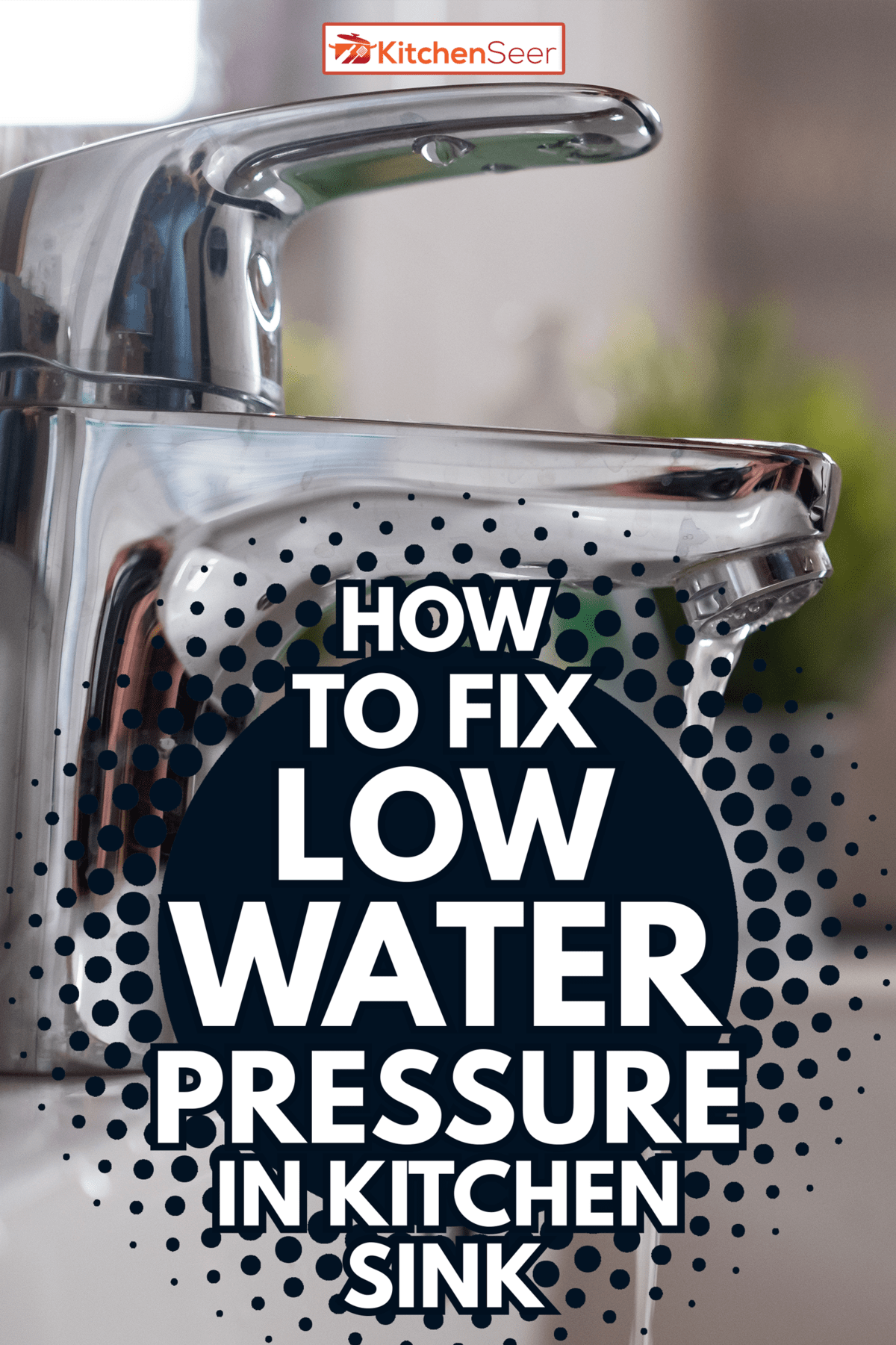
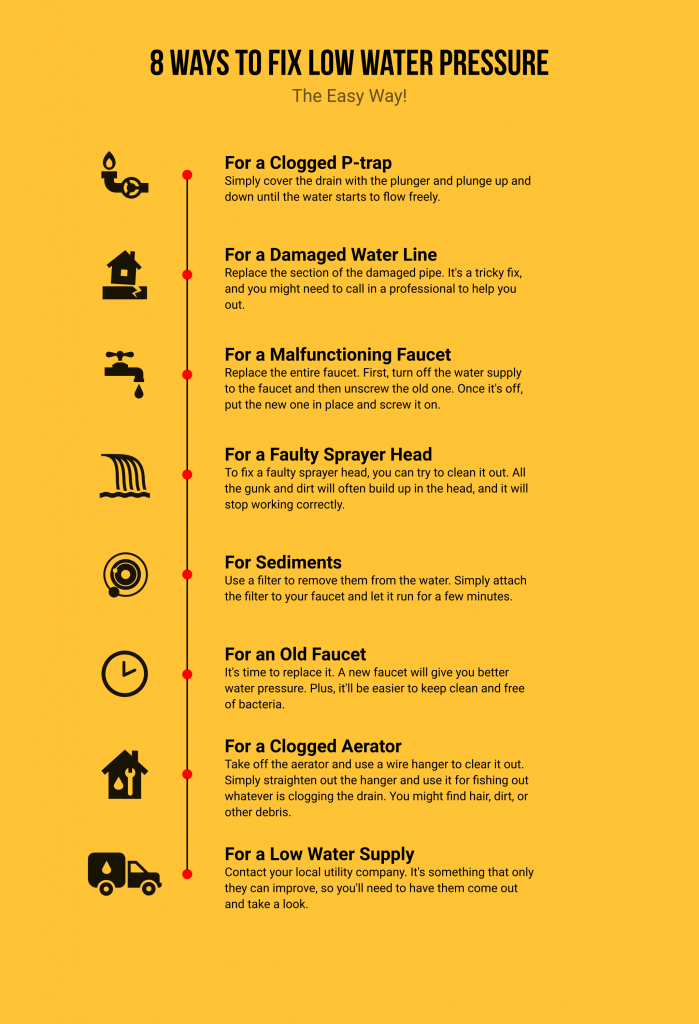








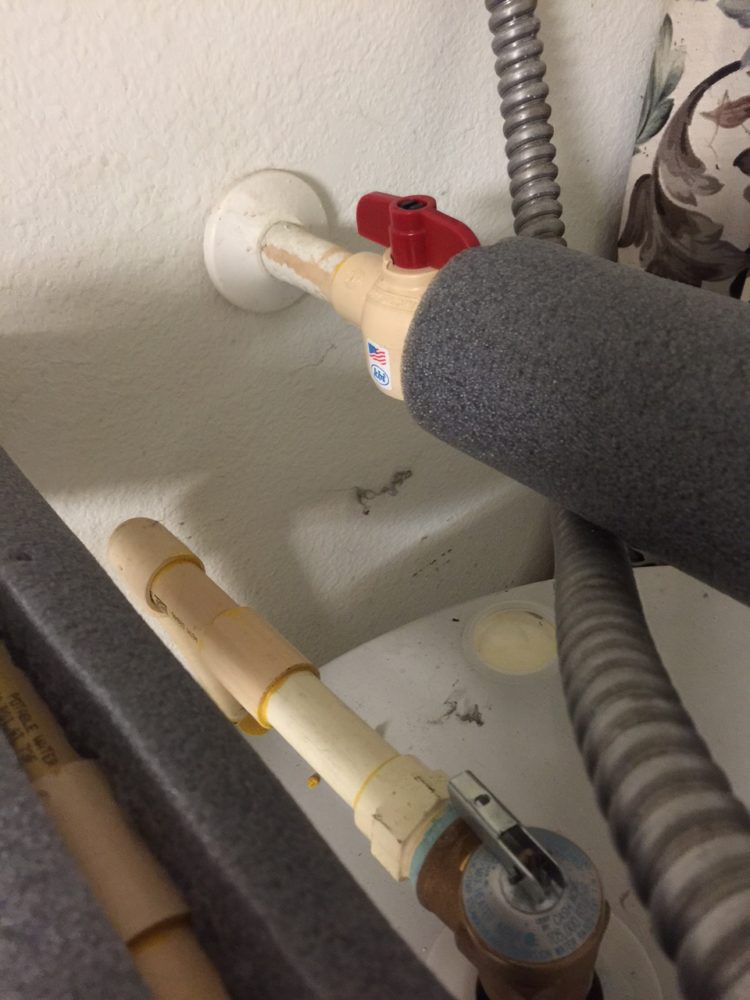

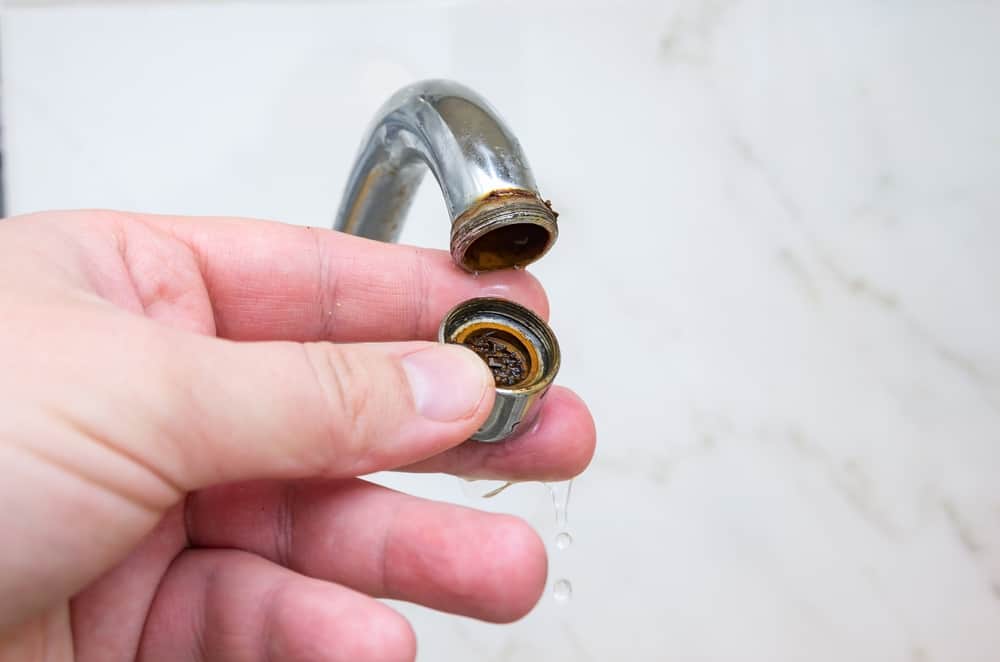
/low-water-pressure-2718732-05-99eb1816e88841c593aeeaaaf330085b.jpg)






